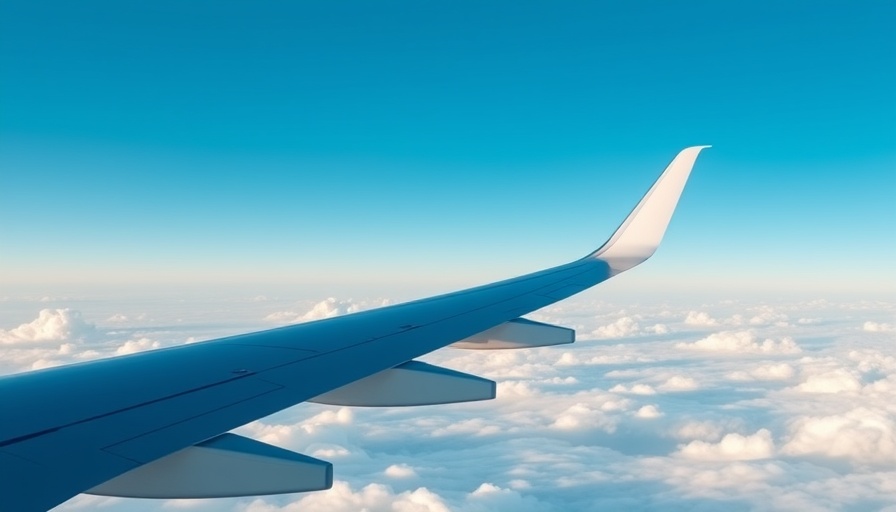
The Importance of Retaining Navigation Skills in Modern Aviation
In today's aviation landscape, the prevalence of electronic flight bags (EFBs) and sophisticated GPS technology has changed the way pilots navigate. While these tools are undeniably advantageous, there is a growing concern that the reliance on them can erode fundamental flight skills, particularly pilotage and dead reckoning. As more aspiring aviators embrace the convenience of digital tools, many are unwittingly sidelining essential navigation practices that enhance safety and situational awareness.
Reviving the Lost Art of Manual Navigation
Imagine being tasked with planning a cross-country flight without the aid of GPS. This concept is met with confusion, as evidenced by the reactions from new flight students confronted with traditional navigation techniques using sectional charts, plotters, and E6-B flight computers. While many pilots today argue that modern navigation apps efficiently streamline flight planning, it’s vital to remember that these digital advances should complement, not replace, the foundational skills of aviation.
Lessons from the Analog Method
Exploring the practice of manual navigation can produce a wealth of benefits. Engaging in this lost art significantly sharpens a pilot's situational awareness and decision-making skills. When pilots plan routes by hand and reference visual landmarks rather than simply following a pre-programmed GPS path, they become more attuned to their surroundings and can react better to unexpected changes in flight conditions. This hands-on experience fosters not only technical proficiency but also instills confidence in one’s navigational ability.
Balance Between Tradition and Innovation in Aviation
To achieve a well-rounded approach to navigation, pilots should consider integrating analog methods with the technological advantages offered by modern equipment. Using something like an aviation watch can provide useful navigation aids without detracting from one’s fundamental flying skills. Balancing the wisdom of traditional navigation techniques with the capabilities of today’s technology can lead to heightened awareness and a deeper understanding of one’s flight environment.
Building Stronger Pilots for Tomorrow
Ultimately, in the pursuit of learning to fly, camaraderie and shared experiences within the aviation community can profoundly impact personal growth, safety, and overall flight enjoyment. Embracing the challenge of flying without GPS not only rekindles essential navigation skills but also cultivates discipline, problem-solving abilities, and emotional resilience among pilots. As technology continues to evolve, it is crucial that current and future pilots prioritize maintaining a strong connection to the foundational elements of flying.
By dedicating time to manual navigation, you can become a more capable pilot and mentor for others entering the field. Whether you’re flying a vintage tailwheel aircraft in the backcountry or helping a new student navigate their first solo flight, the lessons learned from practicing analog skills will echo throughout your flying career.
For aspiring aviators, the journey begins with a solid foundation of skills that not only enhances technical competencies but also deepens your connection to the rich history of aviation. So, gather your sectional charts, plotters, and flight computers, and rediscover the art of flying without a GPS.
 Add Row
Add Row  Add
Add 




Write A Comment